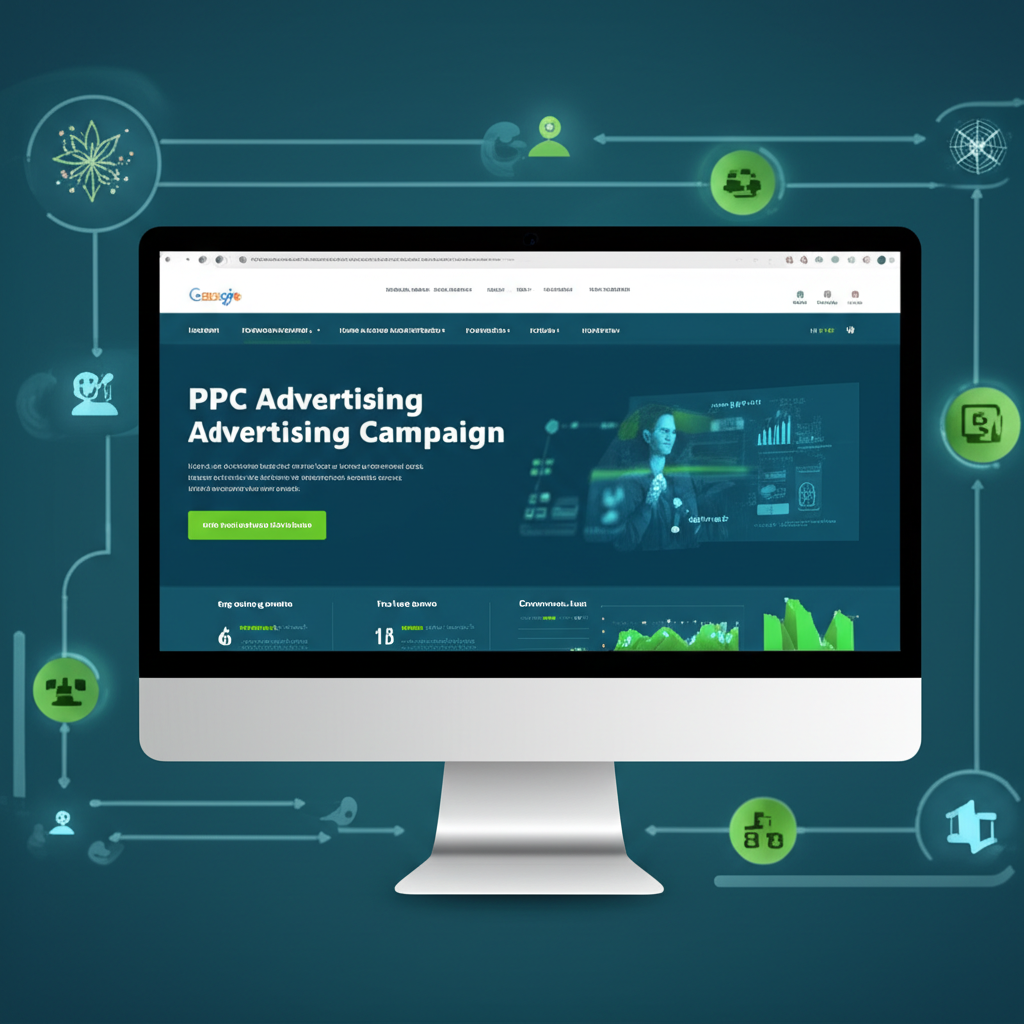PPC Advertising Strategies for US Businesses

The PPC Landscape in America
Pay-per-click (PPC) advertising continues to be one of the most effective digital marketing channels for American businesses. With US digital ad spending exceeding $200 billion annually, PPC represents a significant portion of marketing budgets across industries.
The American PPC landscape is dominated by Google Ads, which controls approximately 29% of the digital advertising market, followed by Facebook Ads, Microsoft Advertising, Amazon Advertising, and an expanding ecosystem of retail media networks and programmatic platforms.
Platform-Specific PPC Strategies for US Markets
Google Ads
Google Ads remains the cornerstone of most American PPC strategies, offering unparalleled reach across search, display, video, and app inventory. Key strategies for US advertisers include:
- Search Campaigns: Leveraging Performance Max campaigns, responsive search ads, and smart bidding strategies to maximize conversion value
- Local Campaigns: Utilizing local inventory ads and location extensions to drive foot traffic to physical locations
- YouTube Advertising: Implementing video action campaigns to capture high-intent audiences with engaging video content
- Discovery Campaigns: Reaching users across Gmail, YouTube, and Discover feeds with visually rich ad formats
Microsoft Advertising
Often overlooked by American advertisers, Microsoft Advertising offers access to the valuable Bing, Yahoo, and DuckDuckGo search networks, along with native placements across Microsoft properties. US businesses are finding success with:
- Microsoft Audience Network for native advertising
- LinkedIn profile targeting for B2B campaigns
- Lower competition and CPCs in many industries compared to Google
- Reaching the older, more affluent demographic that uses Bing
Social PPC
Social media advertising platforms offer American businesses sophisticated targeting capabilities based on interests, behaviors, and demographics:
- Facebook & Instagram: Leveraging the Advantage+ campaign structure for automated optimization across placements
- TikTok: Implementing Spark Ads to amplify organic content with paid distribution
- LinkedIn: Utilizing Conversation Ads for personalized B2B outreach
- Pinterest: Creating shoppable pins to capture users in discovery and planning modes
Amazon Advertising
For e-commerce brands and manufacturers, Amazon's advertising platform has become essential in the US market:
- Sponsored Products for product-level promotion
- Sponsored Brands for category ownership and brand building
- Amazon DSP for reaching audiences both on and off Amazon
- Video and streaming ads through Amazon's growing media properties
Advanced PPC Tactics for American Advertisers
First-Party Data Activation
With privacy changes impacting third-party tracking, US advertisers are prioritizing first-party data strategies:
- Customer list uploads for remarketing and lookalike audience creation
- Enhanced conversions to improve measurement accuracy
- Server-side tracking implementation to preserve data quality
- Customer data platforms (CDPs) for unified audience management
Automation and AI
American PPC managers are adapting to increasing automation across platforms:
- Smart bidding strategies optimized for specific business objectives
- Responsive ad formats that automatically adjust to available inventory
- Automated budget allocation across campaigns and channels
- AI-powered creative testing and optimization
Cross-Channel Attribution
Understanding the interplay between PPC channels is critical for US advertisers:
- Data-driven attribution models that account for multiple touchpoints
- Incrementality testing to measure true channel impact
- Marketing mix modeling for holistic channel evaluation
- Unified measurement frameworks that combine upper and lower funnel metrics
PPC Optimization Strategies for US Markets
Audience Segmentation
Effective segmentation allows for more personalized messaging and bidding strategies:
- Customer journey stage segmentation (awareness, consideration, decision)
- Geographic targeting based on regional differences across the US
- Device-specific strategies accounting for mobile vs. desktop behavior
- Customer value-based bidding for high-LTV prospects
Landing Page Optimization
American advertisers are focusing on post-click experience to maximize conversion rates:
- Message match between ad copy and landing page content
- Mobile-first design for the predominantly mobile US audience
- Page speed optimization to reduce bounce rates
- A/B testing of landing page elements and conversion paths
Competitive Intelligence
In the competitive US market, understanding competitor strategies is essential:
- Auction insights analysis to track competitive pressure
- Competitor ad copy and offer monitoring
- Share of voice tracking across key terms and categories
- Competitive gap analysis to identify opportunity areas
Measuring PPC Success in the American Market
US businesses are adopting more sophisticated approaches to PPC measurement:
- ROAS and Profitability: Moving beyond CPA to measure true return on ad spend
- Lifetime Value: Accounting for long-term customer value in acquisition strategies
- Incrementality: Measuring the true incremental impact of PPC campaigns
- Brand Metrics: Tracking brand lift and awareness alongside direct response metrics
- Market Share: Evaluating performance relative to category and competitor growth
Emerging PPC Trends for American Advertisers
Retail Media Networks
Beyond Amazon, US retailers like Walmart, Target, and Kroger have developed sophisticated advertising platforms that allow brands to reach shoppers with high purchase intent.
Connected TV Advertising
With streaming overtaking traditional TV in American households, CTV advertising has become an important performance channel with advanced targeting and measurement capabilities.
Visual and Voice Search
American consumers are increasingly using visual and voice search, creating new opportunities for PPC advertisers to capture non-text-based queries.
Conclusion
PPC advertising in the United States continues to evolve rapidly, requiring advertisers to balance technical expertise with strategic thinking. By leveraging platform-specific capabilities, embracing automation while maintaining strategic control, and adopting sophisticated measurement approaches, American businesses can maximize the impact of their PPC investments in an increasingly competitive digital landscape.
The most successful PPC strategies for US markets will be those that effectively integrate with broader marketing efforts, adapt quickly to platform changes, and maintain a relentless focus on business outcomes rather than channel-specific metrics.

